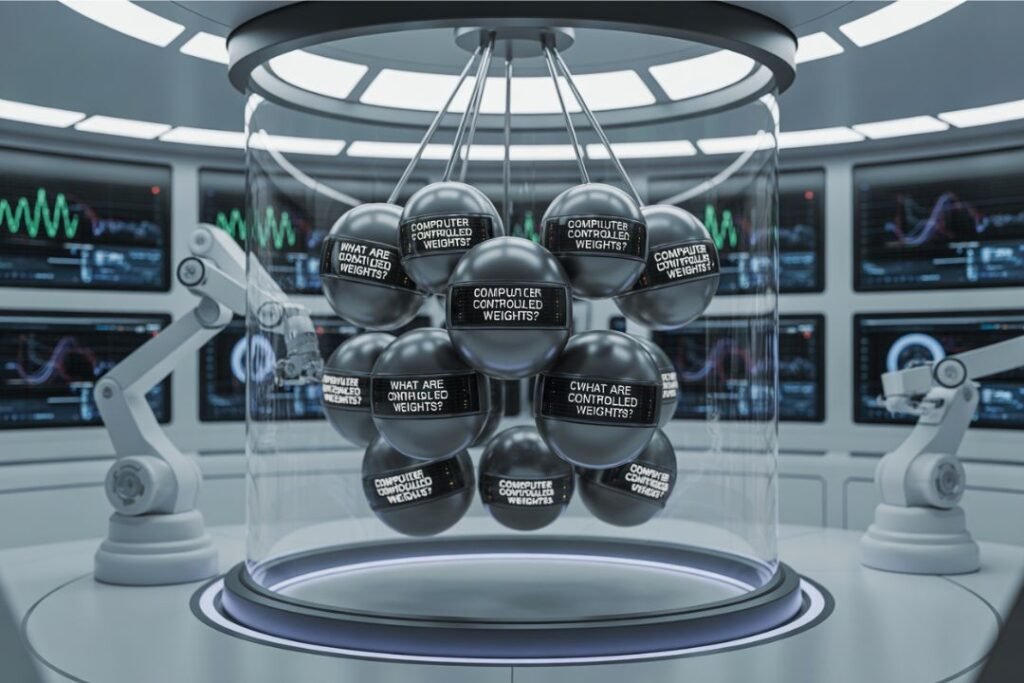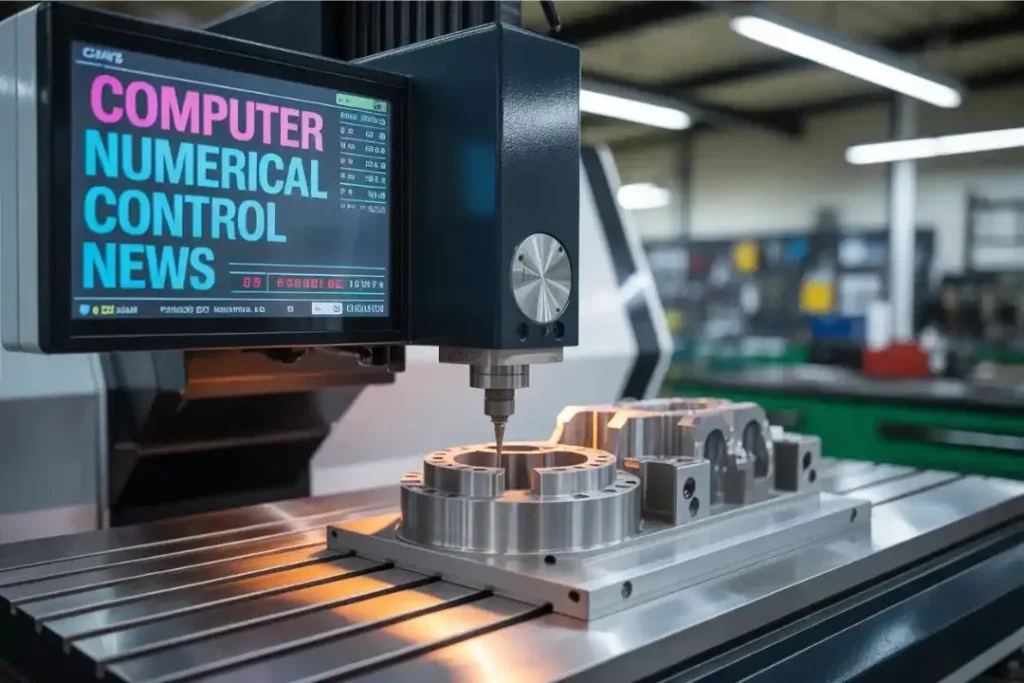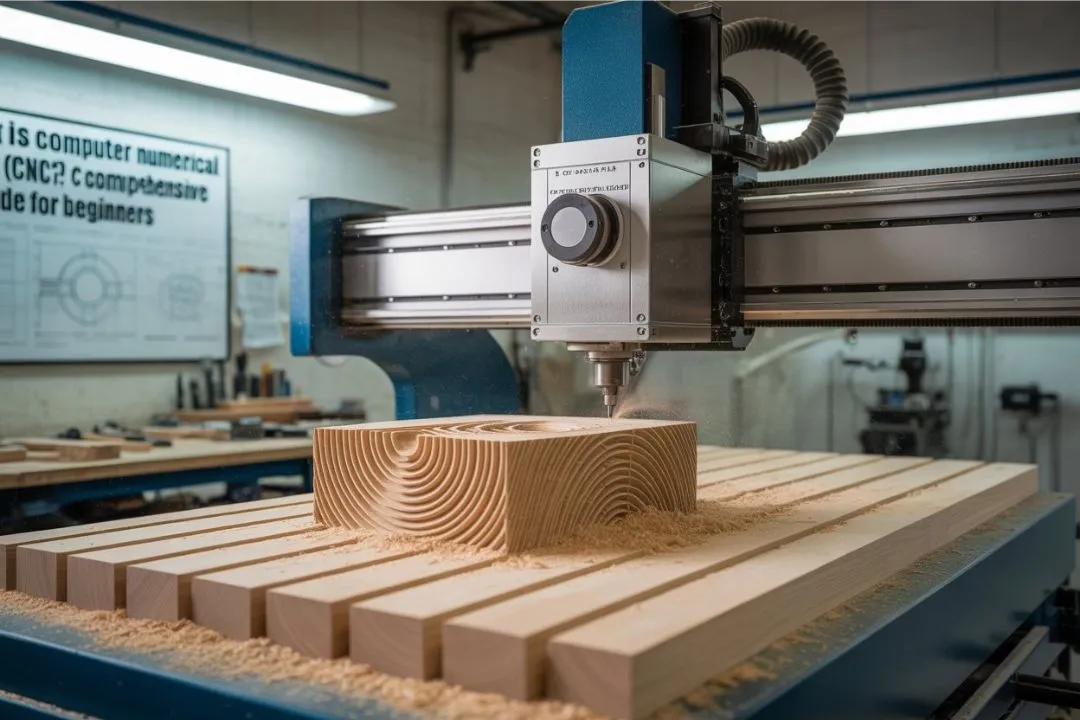Introduction
In today’s world of modern manufacturing, Computer Numerical Control (CNC) has become a backbone of precision machining. CNC machines are used globally to automate the movement of tools using computer programming. From metalworking to medical applications, the rise of CNC has transformed the way industries work.
But what does CNC stand for in machining, and how does it function in real-world settings? This article answers these questions and more — including how to CNC machine, what software to use, and how it all began.
What Does CNC Stand For?
CNC stands for Computer Numerical Control. It refers to a process where machines are operated by precisely programmed commands instead of manual controls. These commands are often written in G-code, a widely used programming language in the CNC world.
In manufacturing, the question “what does CNC stand for in manufacturing?” can be answered simply: it’s the use of computers to automate machines like mills, lathes, routers, and grinders for repeatable, high-precision work.
How Do CNC Machines Work?
CNC machines function through the use of computer software that sends instructions to tools which then cut, drill, shape, or grind materials. The process involves:
- A CAD (Computer-Aided Design) file
- Conversion to G-code via CAM (Computer-Aided Manufacturing) software
- The machine executing movements based on that G-code
This explains how to CNC machine — it’s about converting digital designs into physical products using automated tools.
Types of CNC Machines
CNC technology comes in many forms:
- Milling machines
- Lathes
- Laser cutters
- Plasma cutters
- 3D printers
- CNC maskiner (Swedish term for CNC machines)
Each type of machine has a unique role, yet all follow the same digital instructions.
Applications of CNC: From Manufacturing to Medicine
You might be surprised that CNC meaning medical is also a real thing. In medicine, CNC technology is used in the creation of:
- Dental implants
- Prosthetics
- Surgical tools
The CNC medical abbreviation can vary, but it often refers to the use of CNC in medical device production.
International Use: CNC Around the World
Globally, CNC machines are called by different names. For instance:
- In Germany: CNC-Bearbeitung (CNC processing)
- In Spain or Latin America: máquinas control numérico (CNC machines)
This shows CNC’s global presence in industrial settings.
What Are Computer Controlled Weights?

Sometimes confused with CNC, computer controlled weights refer to systems in automated weighing used in packaging, food, and material handling — different from CNC but also part of the machines and controls category.
Books & Learning Resources
If you’re new to the field, getting a good computer numerical control book is a great start. Books often explain:
- Basic G-code programming
- Machine setup
- Safety protocols
- Real-world case studies
Software for G-Code Programming
Programming is the heart of CNC. Some top software for G-code programming includes:
- Fusion 360
- Mastercam
- SolidCAM
- LinuxCNC
These tools help convert your designs into G-code and run them on CNC machines.
Getting Started: How to Do CNC
If you’re wondering how to do CNC, here are your first steps:
- Learn basic CAD design.
- Practice G-code writing.
- Use simulation software to test your code.
- Start with a small CNC router or mill.
- Follow safety guidelines strictly.
Latest Trends: Computer Numerical Control News

Computer numerical control news highlights innovation in:
- AI integration into CNC
- Real-time diagnostics using IoT
- Hybrid machines combining CNC with 3D printing
CNC is evolving fast, and keeping up with news helps manufacturers stay competitive.
Conclusion
So, what’s CNC stand for? It’s more than just a machine; it’s a revolution in manufacturing. Whether you’re exploring what CNC machining stands for, learning how to CNC, or looking for the latest computer numerical control news, understanding CNC is essential for any modern engineer, designer, or manufacturer.
From machines and controls to global terms like CNC maskiner and máquinas control numérico, CNC is truly a universal technology — shaping the future, one precise cut at a time.


